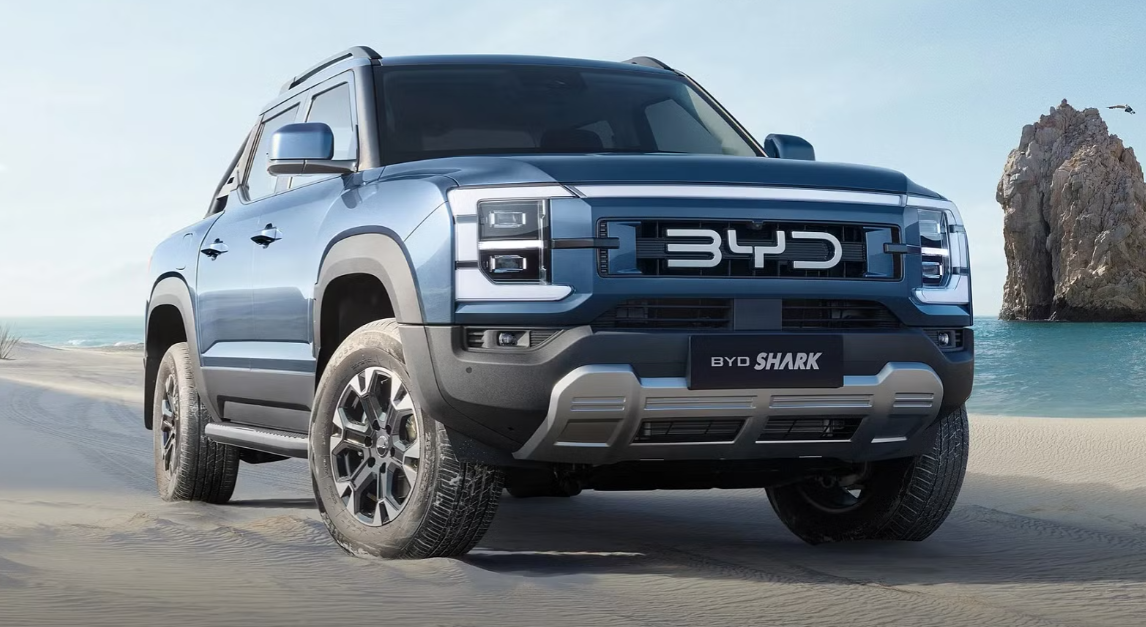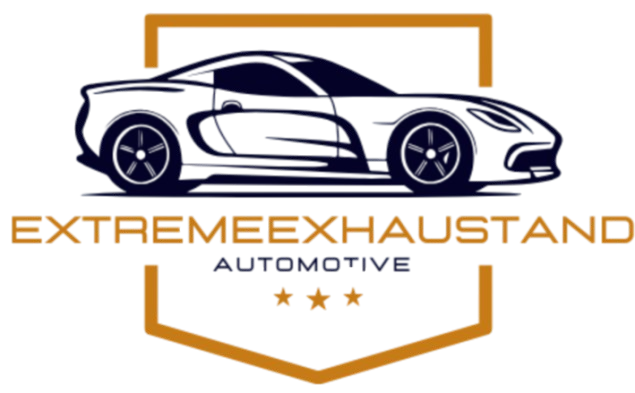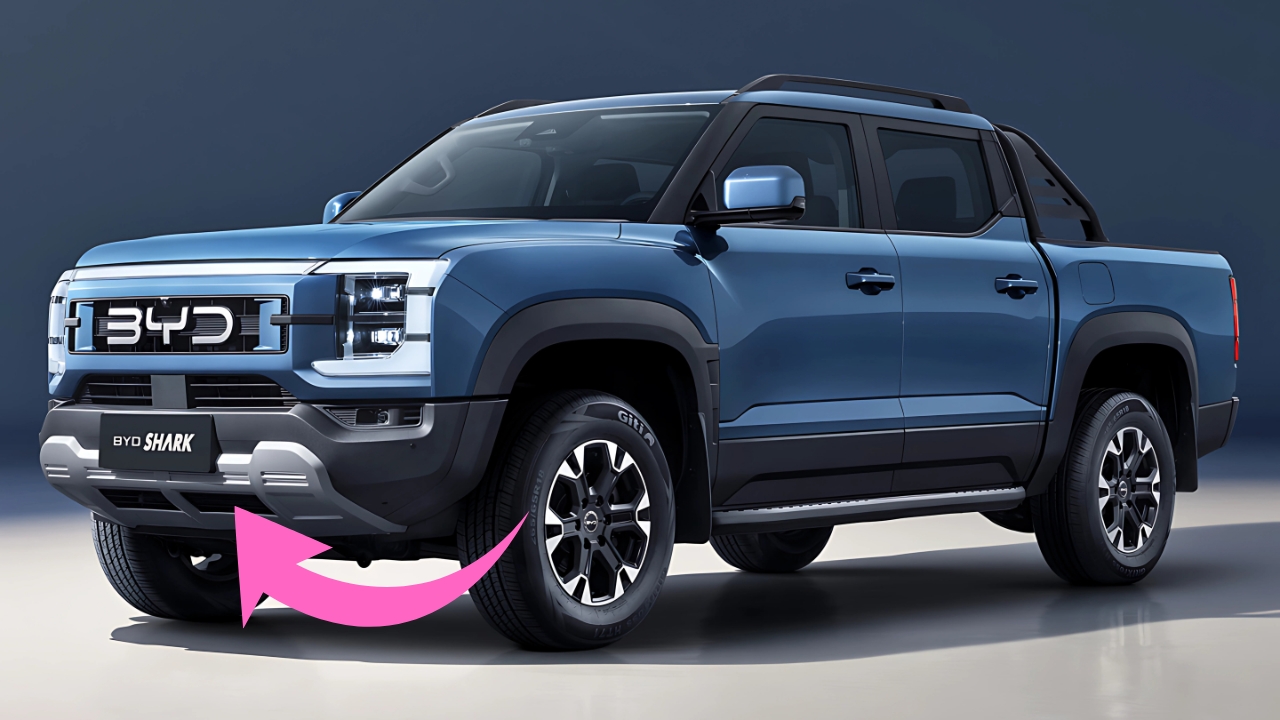BYD Shark 6 EV : The electric ute revolution is about to shake up Australia’s most beloved vehicle segment. BYD’s Shark 6 plug-in hybrid has already become the brand’s best-selling model since launching in late 2024, priced at $57,900 before on-road costs.
But the real game-changer could arrive in 2026 when BYD potentially launches a fully electric version of their breakthrough ute.
Australia’s ute market has been a two-horse race for years, with the Ford Ranger and Toyota HiLux trading blows for the top spot. The Ford Ranger broke Toyota’s seven-year reign in 2023, selling over 63,000 units compared to the HiLux’s 61,111. But BYD’s electrified approach could completely rewrite the rulebook.
The Current Electric Ute Landscape in Australia
Right now, Australia’s ute market is experiencing a massive shift toward electrification. The BYD Shark 6 PHEV became Australia’s first mainstream plug-in hybrid ute when it launched, beating both the Ford Ranger PHEV and GWM Cannon Alpha to market.
The reception has been absolutely mental. BYD’s website crashed for nearly two hours on launch night due to overwhelming demand, with the first 2,000 customers getting a $500 credit towards Ironman 4×4 accessories. This shows just how hungry Aussie buyers are for electrified utes.
What makes the current Shark 6 special isn’t just its groundbreaking technology – it’s the way it drives. With 321kW and 650Nm of combined power, the Shark 6 can sprint from 0-100km/h in just 5.7 seconds, making it faster than Ford’s twin-turbo V6 Ranger Raptor.
Why 2026 Could Be the Electric Ute Breakthrough Year
Several factors are aligning to make 2026 the perfect storm for electric ute adoption in Australia.
Market Maturity and Consumer Acceptance
Australia’s electric vehicle market is expected to reach $47.12 billion by 2030, growing at a CAGR of 33.06%. By 2026, early adopters will have proven the technology works in Australian conditions. The success of the Shark 6 PHEV is already converting traditional ute buyers who never considered electrification before.
Many Australians already assume BYD makes fully electric utes because of the brand’s strong EV reputation. This brand perception gives BYD a head start in the electric ute space.
Infrastructure Development
The Australian government and private companies have been investing heavily in charging infrastructure across the country, making it more convenient for electric vehicle owners to charge their vehicles. By 2026, the charging network will be significantly more robust, addressing range anxiety concerns that currently limit electric ute adoption.
Technical Challenges BYD Must Overcome
While the current Shark 6 PHEV has impressed reviewers and buyers alike, transitioning to a fully electric version presents unique challenges for the ute segment.
Towing Capacity Improvements

The current Shark 6 has a braked towing capacity of 2,500kg, which is a full tonne down from the accepted 3,500kg segment standard. However, BYD plans to upgrade this to 3,500kg in 2026. This improvement is crucial for attracting traditional ute buyers who need serious towing capability.
The beauty of electric motors is their instant torque delivery. Electric motors produce their torque almost instantaneously from when they start spinning, whereas an internal combustion engine needs to build up speed before producing maximum torque. This gives electric utes a fundamental advantage for towing applications.
Range and Charging Speed
Currently, the Shark 6’s 29.58kWh battery is limited to 7kW AC charging or up to 55kW DC charging, which isn’t particularly quick. A fully electric version would need a much larger battery pack and faster charging capabilities to compete effectively.
Range anxiety remains a real concern for ute buyers who often travel long distances between regional towns. A fully electric Shark would need at least 400-500km of real-world range to be taken seriously by Australian tradies and families.
Competition Heating Up
BYD won’t have the electric ute market to themselves by 2026. Several major players are rushing to develop their own battery-electric utes.
Traditional Manufacturers Fighting Back
Toyota Australia has confirmed it would be happy to see electric HiLux variants come to Australia for testing, potentially paving the way for a multi-pathway HiLux lineup – diesel, hybrid, BEV, and FCEV – by the end of the decade.
The 2026 Isuzu D-Max EV has been shown in production form and matches its diesel counterparts with a payload of more than 1,000kg and 3,500kg braked towing capacity. However, its 263km WLTP range from a 66.9kWh battery looks disappointing compared to what BYD could achieve.
Chinese Competition
The Riddara RD6 (likely to retain the Radar name in Australia) is primed to offer two battery capacities and proper ute proportions, with a likely Australian launch in the first half of 2026.
Foton will also reintroduce the G7 EV to Australia around 2026, offering over 1,000kg payload and about 3,000kg braked towing capacity.
Pricing Strategy: The Make-or-Break Factor
Price will be absolutely crucial for electric ute success in Australia. The current Shark 6 PHEV’s $57,900 pricing significantly undercuts comparable Ford Ranger XLT ($63,640) and Toyota HiLux SR5 ($63,260) variants.
For a fully electric version to succeed, BYD would need to maintain competitive pricing while offering comparable capability. Chinese manufacturing efficiency gives BYD a significant cost advantage over traditional manufacturers.
Government Incentives and NVES Impact
Australia introduced the New Vehicle Efficiency Standard (NVES) in January 2025, which rewards sales of low- and zero-emissions vehicles while penalising high-emitting vehicles. This policy framework will make electric utes more attractive financially while potentially increasing the cost of traditional diesel utes.
However, the removal of fringe benefits tax (FBT) exemption for PHEVs at the end of March 2025 led to an immediate drop in demand. Government policy consistency will be crucial for electric ute adoption.
Impact on Australia’s Ute Market Dynamics
A successful fully electric Shark 6 could fundamentally reshape Australia’s ute landscape in several ways.
Breaking the Diesel Duopoly
Toyota has predicted the end of diesel as a fuel source in Australia, with company executives stating that “diesel will be around for a little bit, but we’ve got synthetic fuels coming, we’ve got hydrogen coming, we’ve got BEVs coming”.
Recent sales data shows both the Ford Ranger and Toyota HiLux experiencing significant declines, with the Ranger down 42.5% and HiLux down 37.7% in December 2024 compared to the previous year. This creates an opening for new players like BYD to gain market share.
Accelerating Electrification Across the Segment
BYD’s success with the Shark 6 PHEV has already forced competitors to accelerate their electrification plans. Ford’s Ranger PHEV is expected to arrive in 2025, with JAC also planning a PHEV ute for early 2026.
A fully electric Shark 6 would put even more pressure on traditional manufacturers to deliver their own electric utes faster.
Real-World Performance and Capability
The current Shark 6 PHEV has already proven that electrified utes can deliver genuine capability. In off-road testing, the Shark 6 demonstrated its ability to tackle challenging terrain using electric motor traction control and variable torque distribution, despite lacking traditional differential locks and low-range gearing.
Work and Play Versatility
The Shark 6 features V2L (Vehicle-to-Load) technology, which is particularly useful for tradies, campers, and households impacted by blackouts. This capability positions electric utes as more than just transportation – they become mobile power stations.
For tradies working on remote job sites, this functionality could be a genuine game-changer. Instead of carrying generators, they could power tools directly from their ute.
Ride Quality and Refinement
Multiple reviewers have praised the Shark 6’s car-like driving experience, noting that it “steers like a proper car” and is “pleasantly silent most of the time” unlike traditional diesel utes.
This refinement advantage becomes even more pronounced with full electrification, offering near-silent operation and instant throttle response.
Challenges and Potential Roadblocks
Despite the opportunity, several challenges could limit a fully electric Shark 6’s success.
Infrastructure Gaps
Australia’s vast size and long distances between cities present unique challenges for electric vehicle adoption, especially in areas with limited charging infrastructure. Rural and remote areas where many ute buyers live and work still have significant charging gaps.
Consumer Conservatism
EV sales in Australia dropped for the first time in three years in April 2024, with the CEO of Kia Australia suggesting that “early-adopters have done all they can and now we’re looking at market realities”.
Ute buyers tend to be particularly conservative, valuing proven reliability over cutting-edge technology. Convincing traditional ute buyers to switch to full electric will require demonstrating real-world durability and capability.
Service and Support Network
For widespread adoption, BYD would need to significantly expand its service network across Australia. Regional ute buyers need confidence that they can get their vehicle serviced locally, not just in major cities.
Industry Expert Predictions
BYD’s Asia Pacific sales general manager Liu Xueliang has stated that the company currently hasn’t considered a pure-electric Shark 6, believing PHEVs are ideal for ute applications. However, David Smitherman, CEO of BYD’s Australian distributor EVDirect, is more optimistic about an EV Shark, saying “at some point, but not right now”.
The rapid success of the PHEV version and increasing competition may force BYD to reconsider this position sooner than expected.
The Broader Market Context
By 2026, the Australian automotive landscape will look very different. Multiple electric utes are expected to arrive, including offerings from Hyundai (IONIQ T7 and T10), Kia (Tasman EV), and various Chinese manufacturers.
Toyota’s prediction that the RAV4 Hybrid could become Australia’s best-selling vehicle, potentially dethroning diesel dual-cabs entirely, shows how quickly the market is shifting toward electrification.
Technology Evolution and Future Platforms
Recent spy shots from China show BYD developing a new, sleeker ute that could be based on a passenger car platform rather than the current DM-O off-road platform. This suggests BYD is serious about expanding its ute offerings.
If this new platform supports both PHEV and full BEV versions (like the Sealion 6/Seal U), it could enable the fully electric ute that many have been waiting for.
Frequently Asked Questions
Will BYD actually launch a fully electric Shark 6 in 2026?
While BYD hasn’t officially confirmed it, market pressure and the success of the PHEV version make it increasingly likely.
How much would a fully electric Shark 6 cost?
Expect pricing around $65,000-$75,000 to remain competitive with premium diesel utes while accounting for battery costs.
What range would a fully electric Shark 6 need?
At least 400-500km real-world range to satisfy Australian ute buyers who often travel long distances.
The Bottom Line: Revolution or Evolution?
A fully electric BYD Shark 6 arriving in 2026 wouldn’t just be another new model – it could be the catalyst that transforms Australia’s entire ute market. The success of the current PHEV version has already proven that Australian buyers are ready for electrified utes when they offer genuine capability at competitive prices.
The key factors for success will be competitive pricing, adequate range, full towing capability, and comprehensive charging infrastructure. If BYD can deliver on all these fronts, they could repeat in the ute segment what Tesla did in the luxury EV space – force every competitor to accelerate their electrification plans.
By 2026, we might be looking at an ute market where electric drive is the norm rather than the exception. The diesel duopoly of Ford and Toyota could give way to a more diverse, electrified landscape where Chinese manufacturers like BYD play a leading role.
The revolution has already begun with the Shark 6 PHEV. A fully electric version could complete the transformation, making 2026 the year that Australia’s ute market went fully electric.

